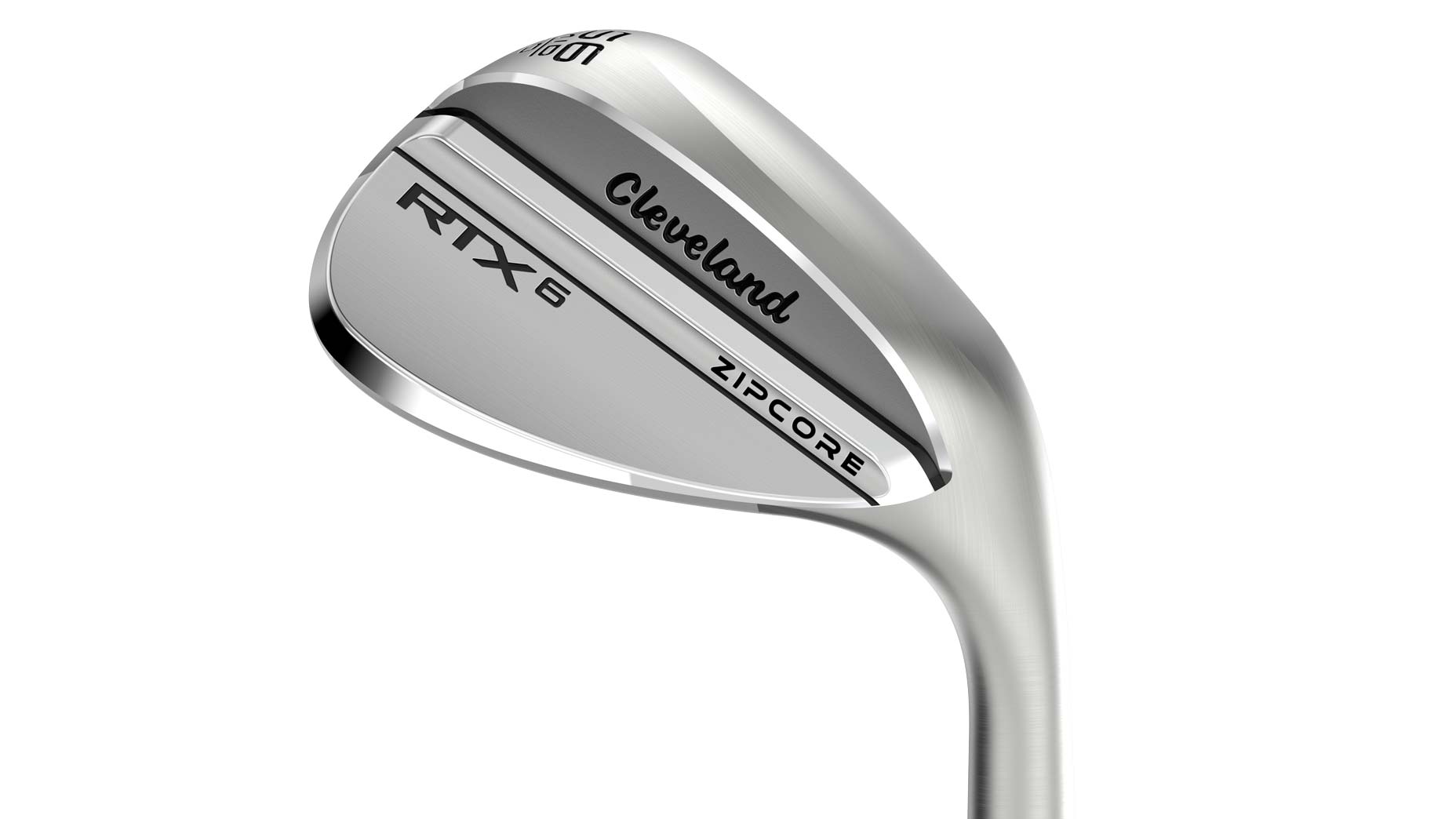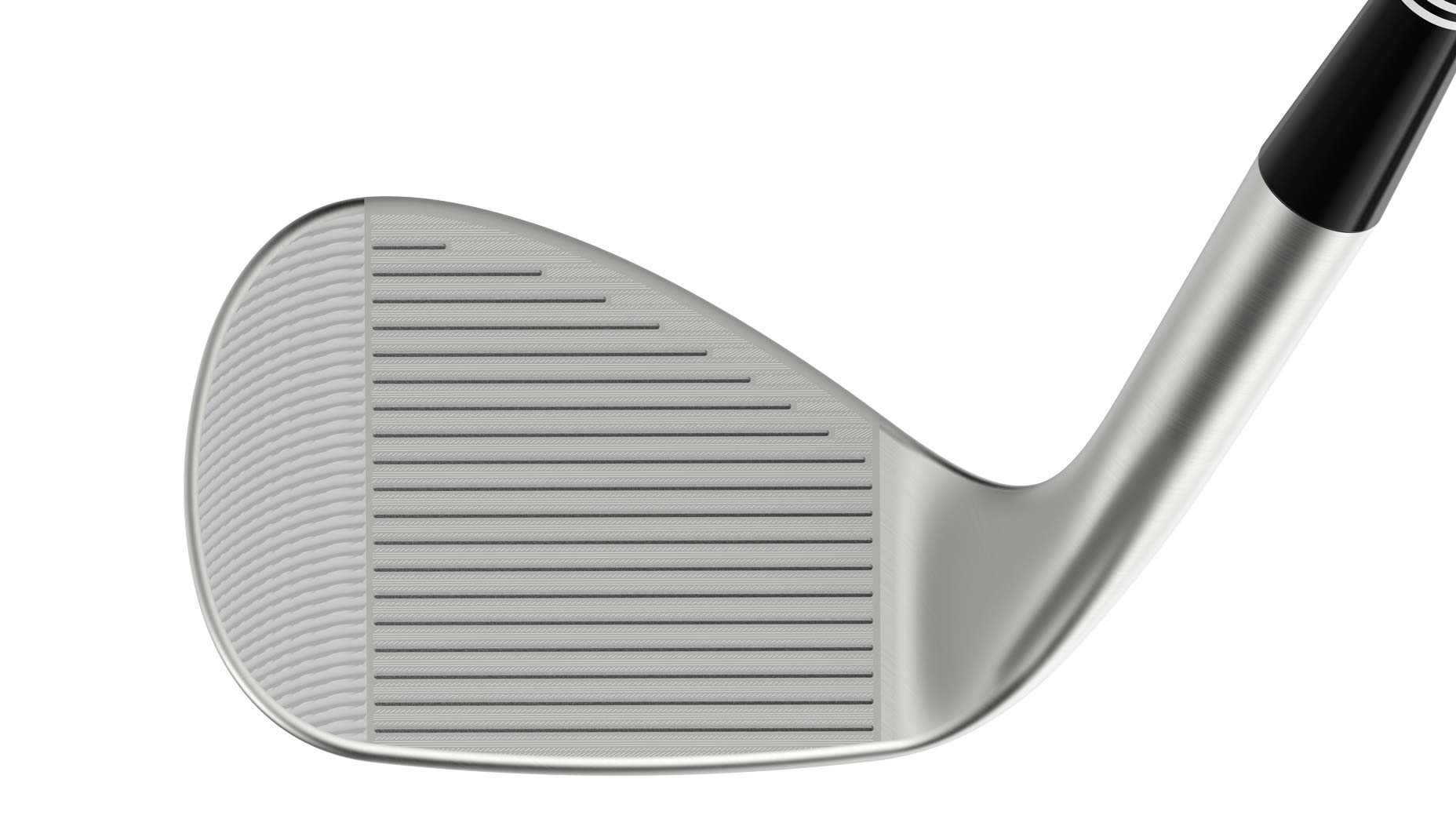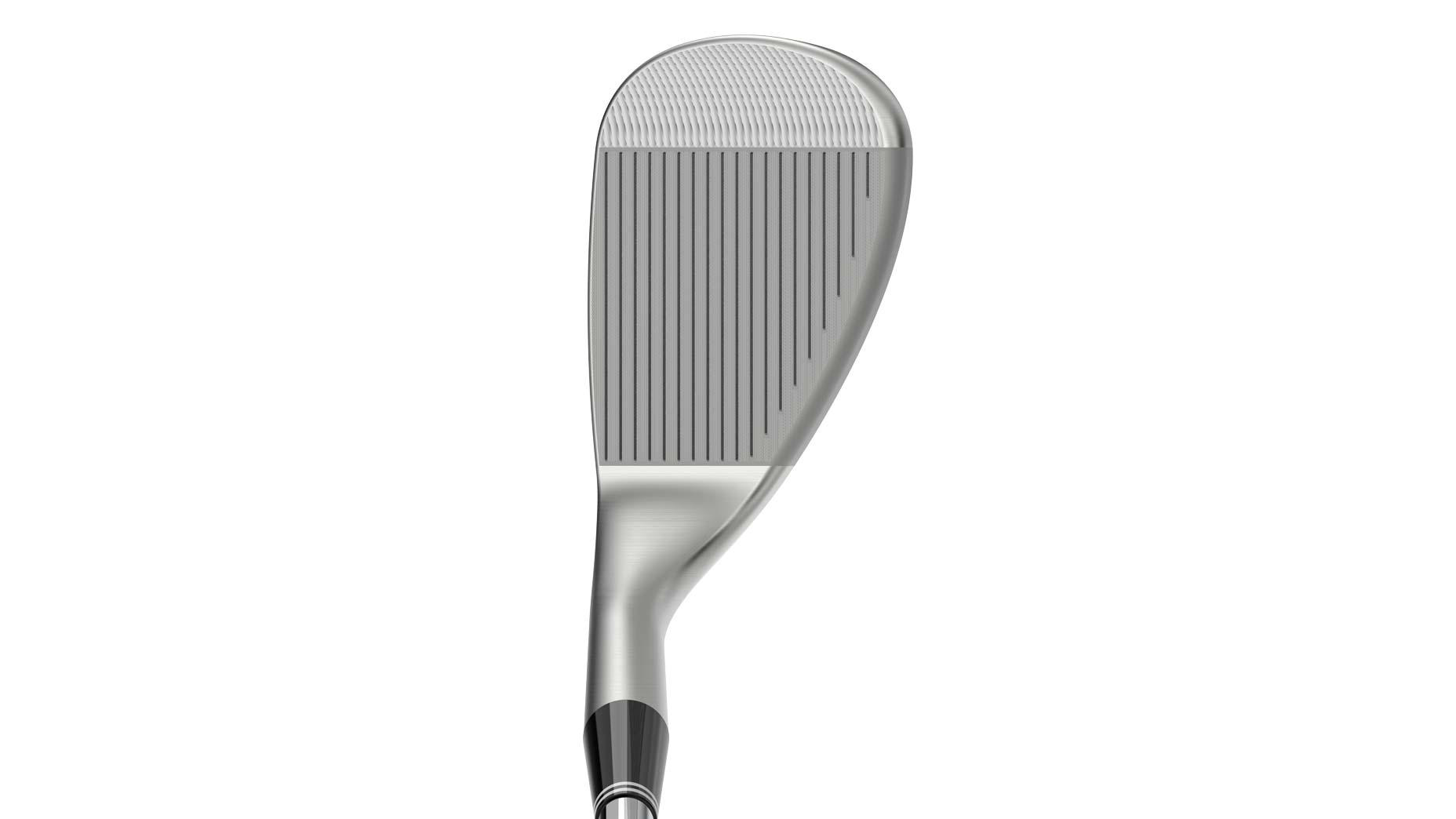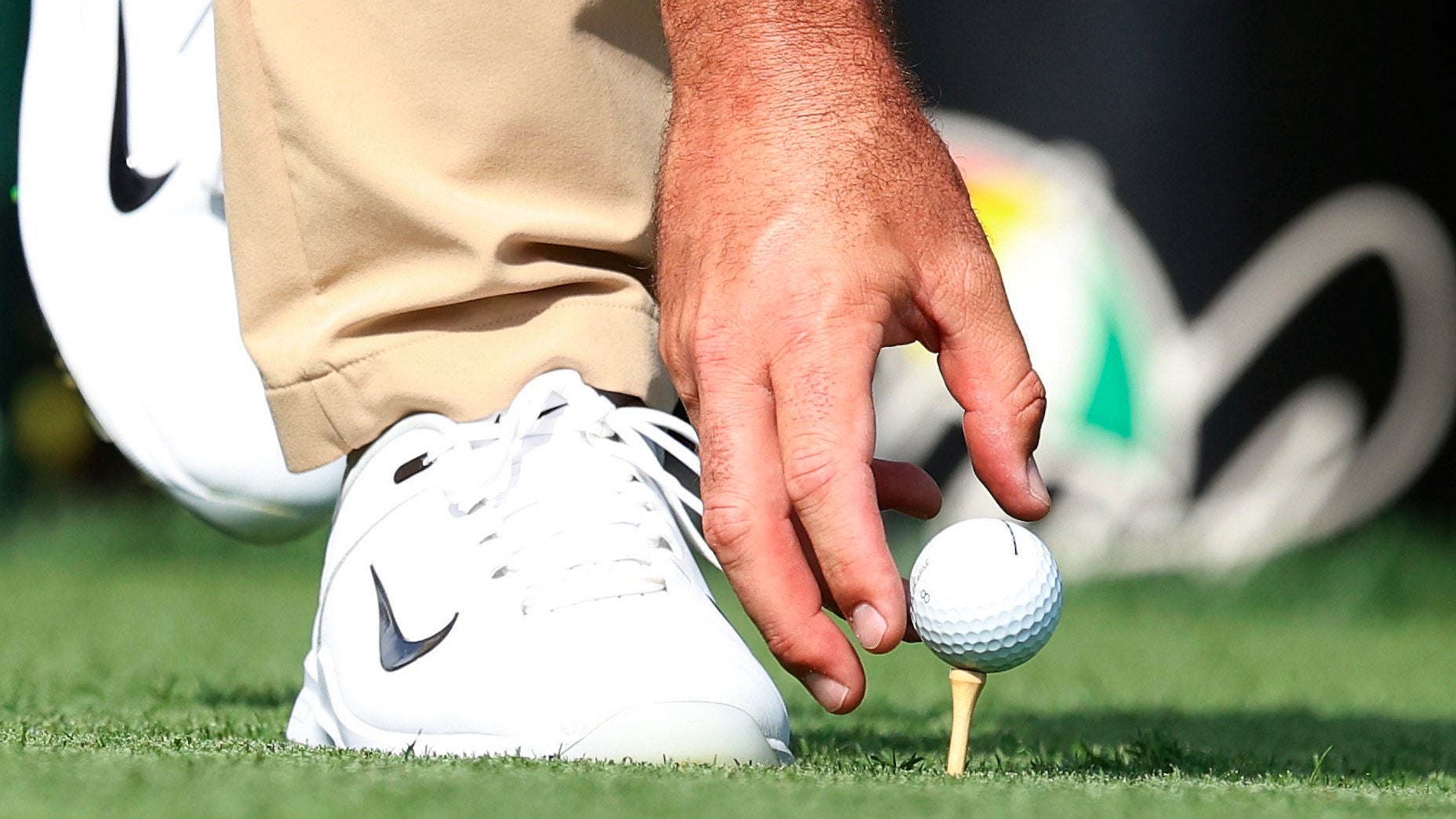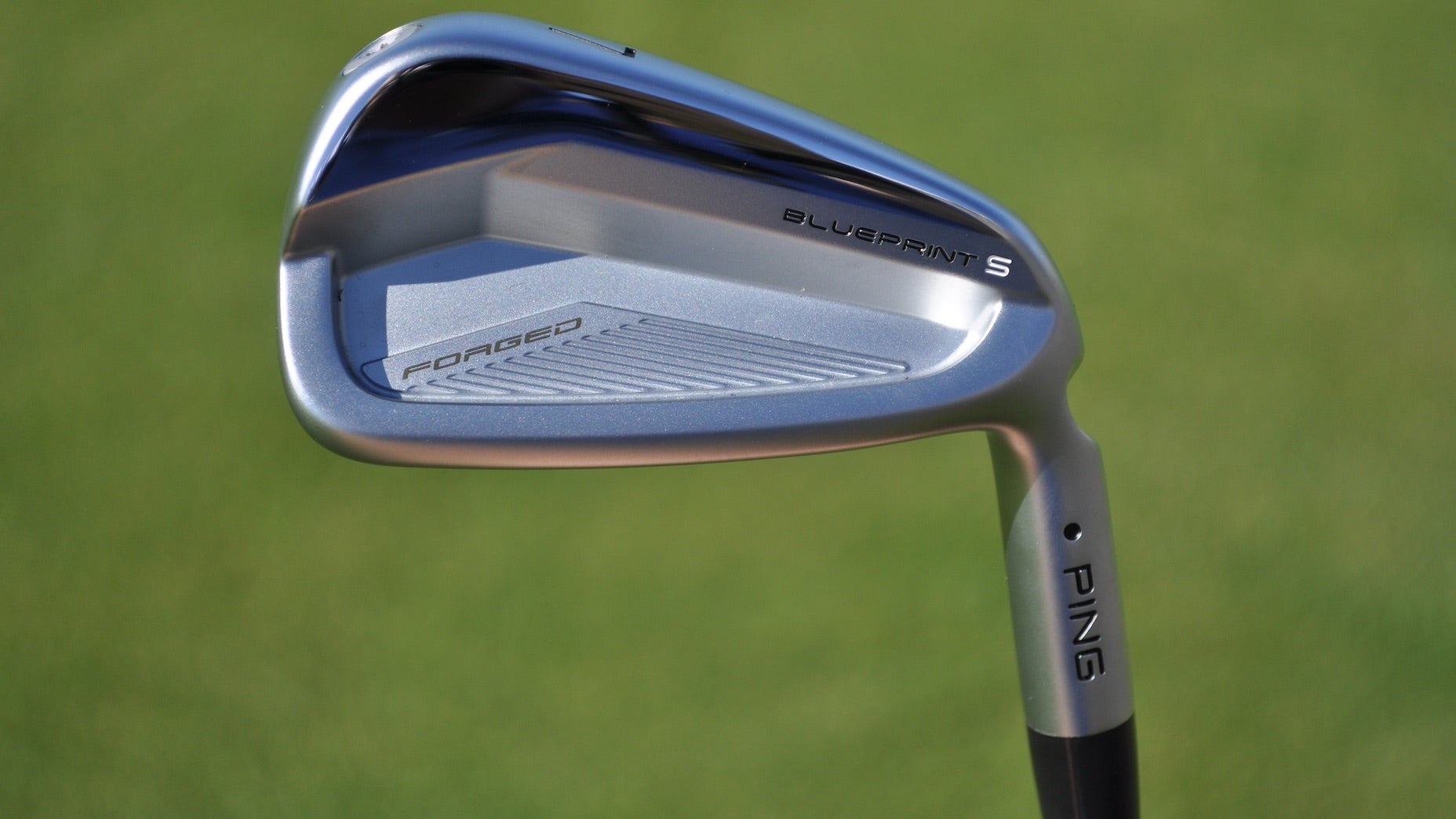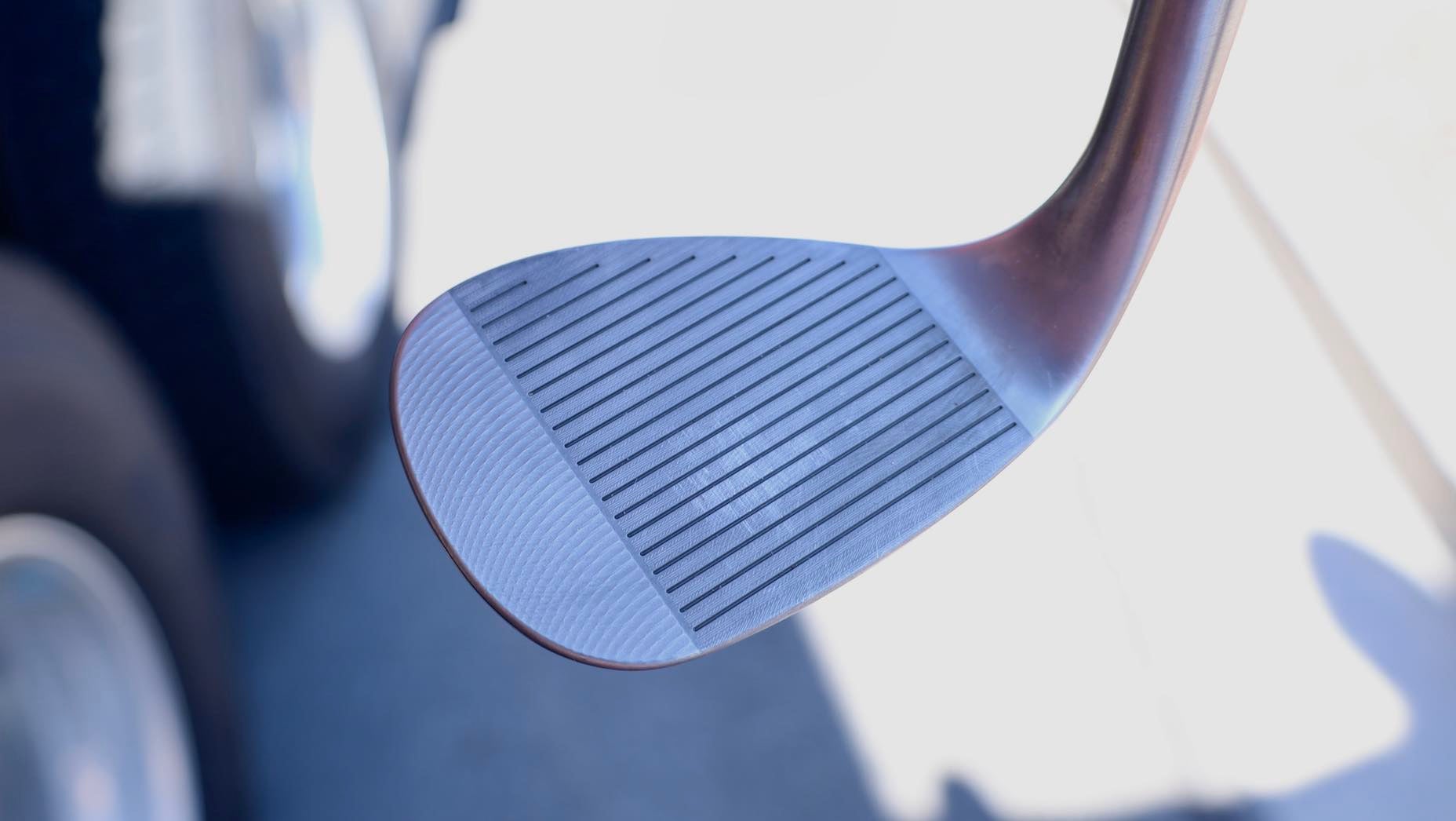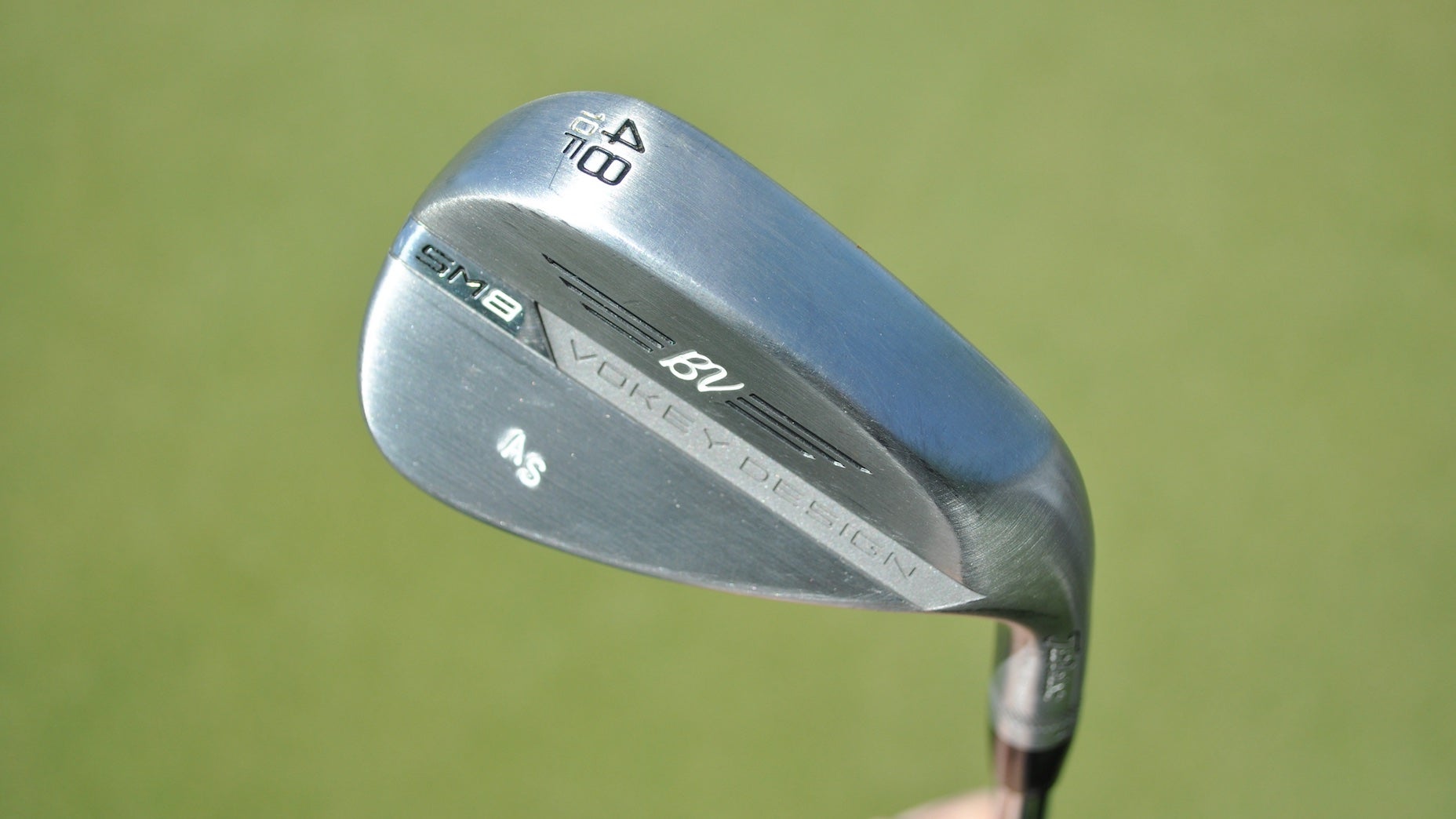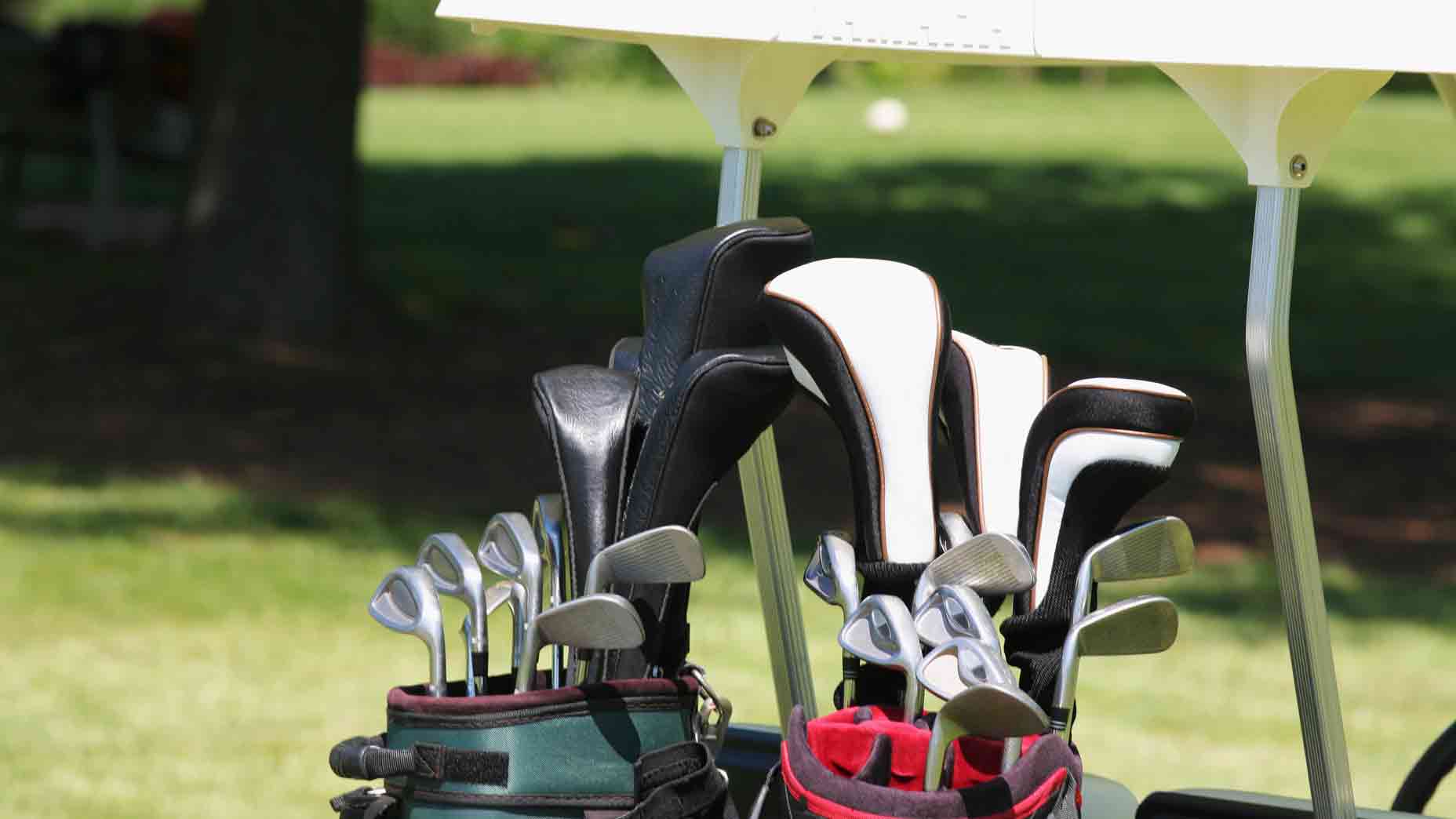How important is lie angle anyway? | Fully Equipped Mailbag
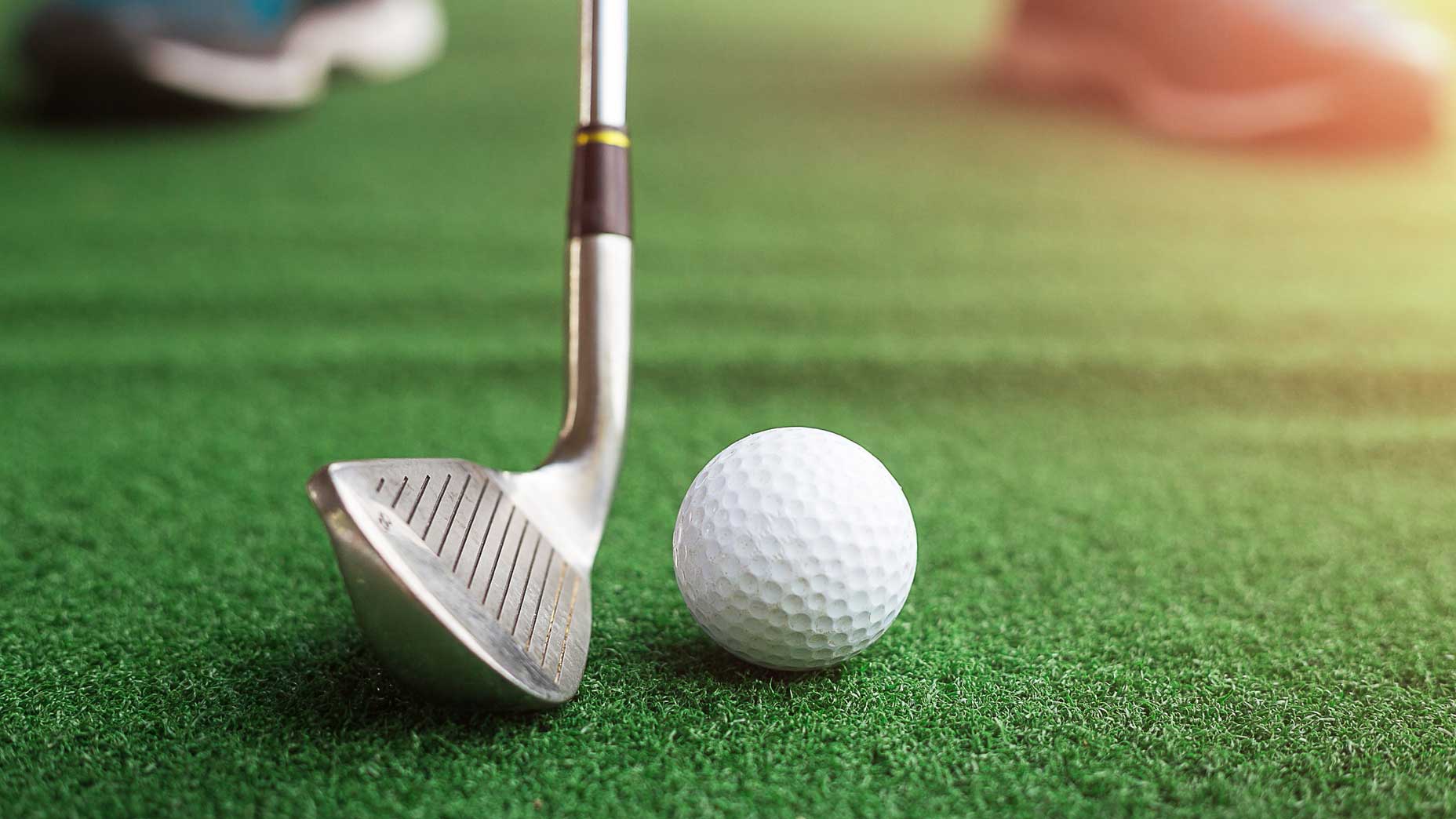
Welcome to another edition of the Fully Equipped Mailbag, sponsored by Cleveland/Srixon Golf, an interactive GOLF.com series in which we field your hard-hitting gear questions.
I heard you guys talking about lie angle on the Fully Equipped podcast. Can you explain it to me again like I’m five? – Connie S., Arizona
Absolutely we can. Lie angle is probably one of the less talked about golf club metrics, but that doesn’t mean it’s any less important. Let’s first define what it actually is:
The lie angle of a golf club refers to the angle formed between the shaft of the club and the sole or bottom of the clubhead when the club is resting on a flat surface. A proper lie angle is important because it ensures that the clubhead is properly aligned with the ball at impact, resulting in more accurate shots. It’s worth noting that unless you play clubs that are all the same length, the shorter the club, the higher the lie angle.
When the lie angle is incorrect, it can cause problems with your shots. For instance, if the lie angle is too upright (meaning the toe of the club is pointing up), you may push your shots out to the right. Conversely, if the lie angle is too flat (meaning the heel of the club is pointing up), you may hit some wicked pulls to the left.
To determine the correct lie angle for a golfer, several factors need to be considered, including the golfer’s height, arm length, and swing characteristics. Taller golfers or those with longer arms may require a more upright lie angle, while shorter golfers or those with shorter arms may need a flatter lie angle.
If you’re looking to influence the types of shots you hit, there are ways to adjust your clubs via tweaking the lie angles. For example, if you tend to slice the ball or want to hit a draw, a more upright angle may help you square or close the clubhead through impact. Conversely, if you tend to hook the ball, a flatter lie angle could help straighten things out.
Drivers and woods often come with adjustable hosels that enable you to adjust the lie angle on the fly, and a small adjustment can make a big difference in how solidly you strike the ball. For instance, if you’re hitting the ball off the heel, a flatter angle may help you find the center of the driver clubface more often. At the other end of the bag, wedges like Cleveland’s RTX 6 ZipCore not only come in a variety of lofts and bounce angle/sole configurations, you can also get a custom lie angle up to two degrees upright or two degrees flat. Typically, golfers who prefer a sweeping motion with their wedges tend to prefer a flatter wedge angle and golfers with steeper swings tend to be better fitted with more upright lie angles. Granted these recommendations aren’t for everyone and there are definitely outliers (you may be one), but these configurations usually ring true for most player types.
Cleveland RTX 6 ZipCore Wedges
Irons also benefit greatly from a club-fitting session to determine the desired lie angles. You may have some variances in your set, or you may want some. You may want standard lies in the long irons and flatter lies in the short irons or wedges, for example. Alternatively, you may want your clubs to feel as consistent as possible and prefer lie angles to scale about .5° to 1° up with each successive club in the set.
Remember, there’s no one right answer when it comes to finding your optimal lie angle. It’s up to you and your clubfitter to figure out. And if you’re struggling to hit straight shots in your desired direction, a lie angle issue could be the culprit. Fortunately, lie angles are often easily adjusted and after you make some tweaks, you’ll likely notice an immediate improvement in your shots.
Want to overhaul your bag for 2023? Find a fitting location near you at GOLF’s affiliate company True Spec Golf. For more on the latest gear news and information, check out our latest Fully Equipped podcast below!

